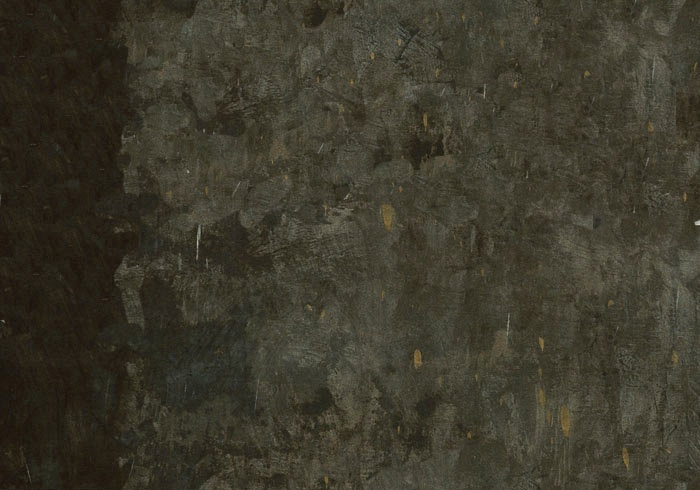Wargaming 101 Definitions FAQ Briefings History




















Title: Ploughing in the COIN Field
Author: Brian Train
Abstract: Presentation at CONNECTIONS conference, Washington DC, 1-4 August 2011
Subject: the development of seven manual games on counterinsurgency designed 1994-2011 by the presenter. Games use the same basic system, extensively modified for the particular nature of each conflict.
Tupamaro (Uruguay 1968-72)
Shining Path (Peru 1980-)
Algeria (1954-62)
Greek Civil War (1947-49)
Virtualia (hypothetical, present)
Kandahar (Afghanistan, 2009-)
EOKA (Cyprus, 1955-59)
Presentation begins with the historical context of and design decisions made indesigning Tupamaro, the first game in the series. Time and space scales were left abstract, due to uneven pace of activity and constricted area of the conflict (the map, unlike many wargames, is not a representation of terrain but of “social sectors” inside one city). Scale of action was defined as selection and execution of one “mission” from a varied menu of kinetic and non-kinetic actions.The changing combinations of missions a player can concoct to form a successful general strategy, and the effects these missions have on the various subsystems of the game, constitutes the main challenge and interest of this system. The objective of the game is ultimately to drive the enemy's political support level to zero, signifying a point of organizational collapse.
Subsequent games in the series had changed parameters to reflect the changed scale or circumstances of the conflict. For example, Shining Path, Algeria and Greek Civil War used a representational area movement map showing the entire country in question, while Algeria and EOKA, in portraying colonial-war situations, have the occupying power “pay” for his actions in political support points, reflecting the expenditure of limited patience and willingness by the home government. Later additions to the game system show the roles of organized crime and non-state militias in already complicated conflicts, and introduce intelligence/ counterintelligence concepts. Algeria, the best known of these games, has attracted some attention from the professional wargaming and analysis community.
The seven games described treat a wide range of 20th and 21st century conflicts, ranging in scope from a city the size of Phoenix AZ to an entire country, from short conclusive wars to conflicts that are still being fought today. The basic system that they all use has proven both sturdy and accommodating.
Last Updated: 7 Sept 2011

